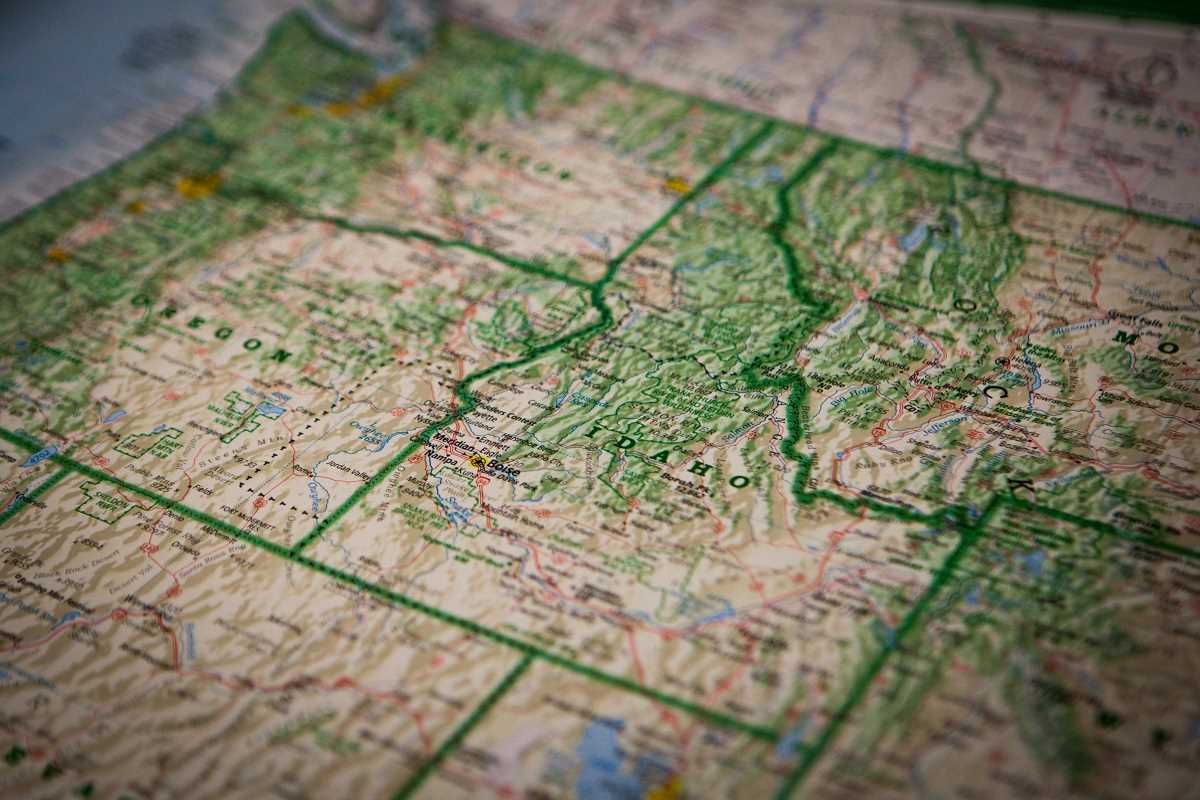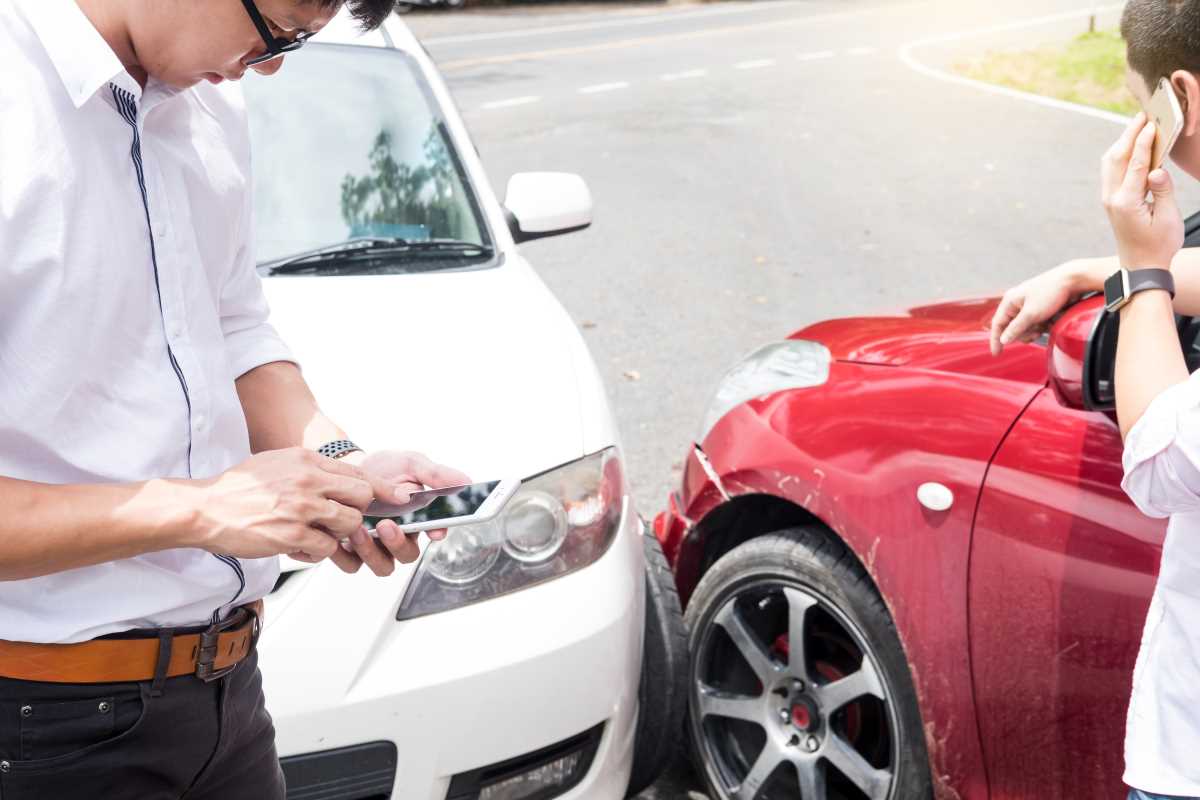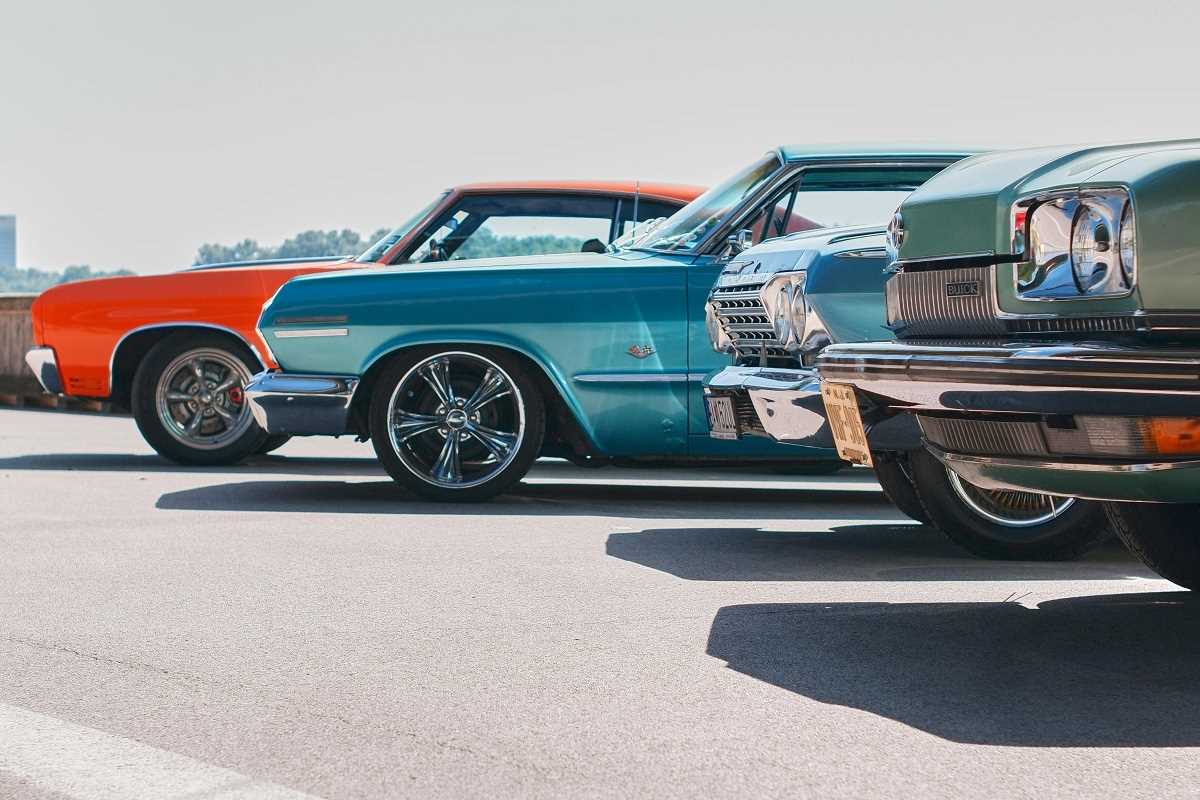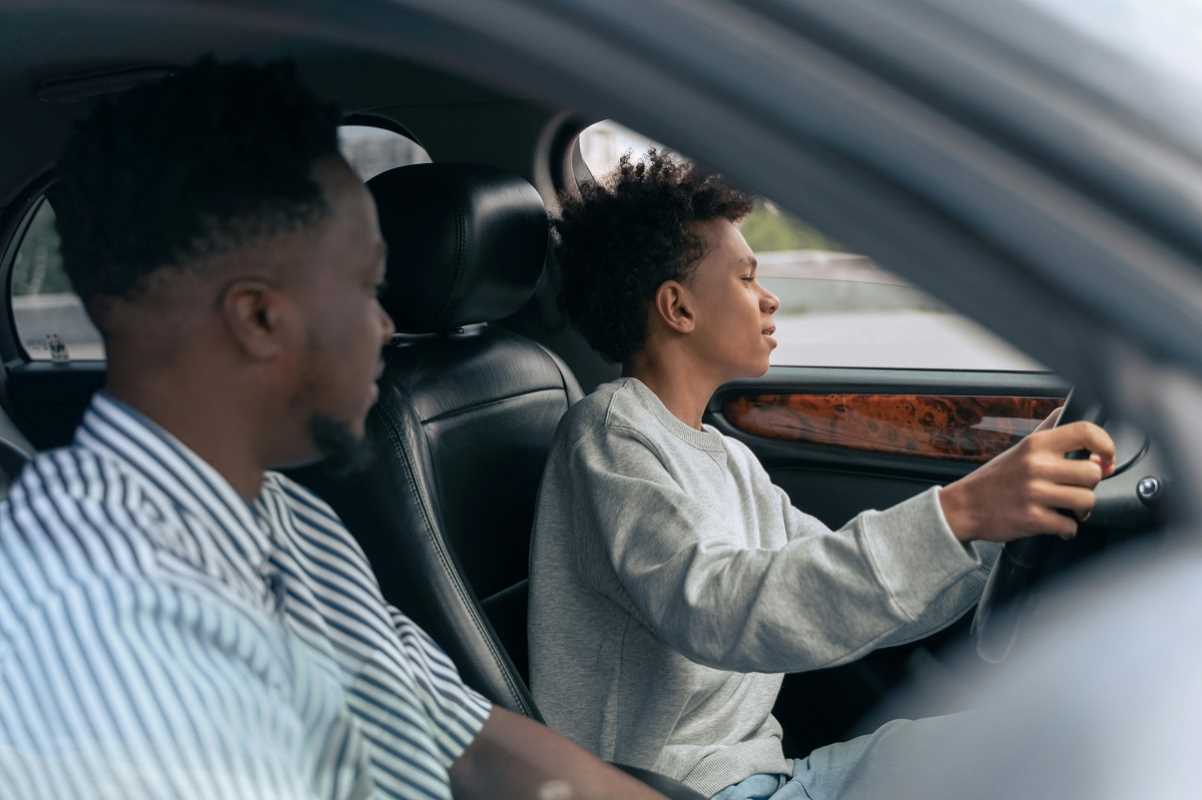Car insurance can be a confusing maze of terms and coverages, but understanding what each type does is crucial to making sure you’re properly protected on the road. This guide breaks down the most common types of car insurance, explaining what they cover, what they don’t, and who might need them. By the end, you’ll have a clearer picture of which coverages suit your needs, allowing you to make an informed decision.
What Does Liability Insurance Cover?
Liability insurance is the foundation of all car insurance policies and is required by law in most states.
- What It Covers:
- Bodily Injury Liability: Pays for injuries to other people if you cause an accident. This includes medical bills, lost wages, and even legal fees if you’re sued.
- Property Damage Liability: Covers damage to another person’s property, such as their car, fence, or mailbox.
- What It Doesn’t Cover:
- Damage to your own car or injuries to yourself.
- Events unrelated to driving, such as theft or weather damage.
- Who Needs It?
- Everyone who drives a car. State laws set minimum liability coverage limits, but these may not be enough to fully protect you in a major accident. Consider higher limits for better financial protection.
Think of liability insurance as a safety net for others. It covers the costs of damages you’re responsible for, but only to a certain limit.
What Is Collision Coverage?
Collision coverage protects your car when it’s damaged in an accident, regardless of who’s at fault.
- What It Covers:
- Repairs or replacement for your vehicle after a collision with another car, a stationary object (like a guardrail), or even a rollover.
- What It Doesn’t Cover:
- Damage unrelated to collisions, such as vandalism, theft, or weather.
- Medical bills (those are covered under personal injury protection or medical payments).
- Who Needs It?
- Drivers with newer or expensive vehicles may want collision coverage to avoid hefty repair bills. If you have an auto loan or lease, your lender will typically require it.
Collision coverage comes with a deductible (amount you pay out of pocket before the insurance kicks in). Higher deductibles lower your monthly premium but mean you’ll pay more upfront if you have an accident.
How Does Comprehensive Coverage Work?
Comprehensive coverage fills in the gaps by protecting your car from non-collision incidents.
- What It Covers:
- Damage caused by weather events like hail, floods, or hurricanes.
- Theft, vandalism, or car break-ins.
- Animal-related accidents, such as hitting a deer.
- Glass damage, like a cracked windshield.
- What It Doesn’t Cover:
- Damage from a collision (covered by collision insurance).
- Normal wear and tear or mechanical failures.
- Who Needs It?
- People who want to safeguard against unexpected events should consider comprehensive coverage. If you live in an area prone to extreme weather or have an expensive car, this coverage can save you thousands in repair or replacement costs.
Like collision coverage, comprehensive also has a deductible. Choose one that balances affordability with protection.
What Is Uninsured/Underinsured Motorist Coverage?
This coverage protects you if you’re in an accident caused by someone with little or no insurance.
- What It Covers:
- Uninsured Motorist Coverage (UM): Pays for damages or medical bills if you’re hit by a driver without insurance.
- Underinsured Motorist Coverage (UIM): Steps in when the other driver’s insurance doesn’t cover the full cost of damages or medical expenses.
- What It Doesn’t Cover:
- Damage to your car if you’re at fault in an accident.
- Property damage in some states (check your policy).
- Who Needs It?
- Everyone. Despite laws requiring insurance, many drivers either lack it or carry only the bare minimum. This coverage ensures you’re protected in these situations.
Some states require UM/UIM coverage, but even if it’s optional where you live, it’s worth the peace of mind.
What Is Personal Injury Protection (PIP)?
Personal Injury Protection, often referred to as “no-fault insurance,” covers medical costs regardless of who caused the accident.
- What It Covers:
- Medical expenses for you and your passengers.
- Lost wages if you’re unable to work due to injuries.
- Additional costs like childcare or transportation while you recover.
- What It Doesn’t Cover:
- Other driver’s medical bills (that’s covered by your liability insurance).
- Vehicle damage.
- Who Needs It?
- PIP is required in some states with no-fault laws. Even if it’s optional where you live, it’s a valuable add-on, especially if you don’t have robust health insurance.
PIP also covers pedestrians or cyclists hit by your car, providing broader protection.
What Is Medical Payments Coverage (MedPay)?
MedPay is similar to PIP but more limited in scope.
- What It Covers:
- Medical bills for you and your passengers after an accident, regardless of fault.
- What It Doesn’t Cover:
- Lost wages or other non-medical expenses.
- Long-term care or disability benefits.
- Who Needs It?
- Drivers in states where PIP isn’t required but want help covering immediate medical expenses after an accident. It’s also a good option for people with high deductibles on their health insurance.
MedPay coverage is usually low-cost and helps fill gaps that health insurance might not cover.
What Does Gap Insurance Do?
Gap insurance protects you financially if your car is totaled and you owe more on your loan or lease than the car’s current market value.
- What It Covers:
- The “gap” between your car’s actual cash value (ACV) and what you still owe on your loan or lease.
- What It Doesn’t Cover:
- Repairs for damage.
- Negative equity rolled over from a previous loan.
- Who Needs It?
- People financing or leasing a new car should consider gap insurance, especially if you made a small down payment or have a long loan term.
Some lenders or dealerships may include gap insurance in your financing package, but you can often find it cheaper through your insurer.
What Is Roadside Assistance Coverage?
Roadside assistance is an optional add-on that provides help during minor emergencies.
- What It Covers:
- Towing your vehicle if it breaks down.
- Jump-starting a dead battery.
- Delivering gas, oil, or other essentials if you run out.
- Changing a flat tire.
- What It Doesn’t Cover:
- Major repairs.
- Issues unrelated to vehicle breakdowns.
- Who Needs It?
- Anyone who wants peace of mind while traveling, especially drivers of older vehicles.
Compare third-party roadside assistance programs (like AAA) to see if they offer better value than adding it to your policy.
What Is Rental Reimbursement Coverage?
Rental reimbursement covers the cost of a rental car while your vehicle is being repaired after a covered accident.
- What It Covers:
- Daily expenses for renting a replacement vehicle.
- Often limited to a specific dollar amount or number of days.
- What It Doesn’t Cover:
- Rentals for non-accident repairs or maintenance.
- Upgrades beyond basic rental cars.
- Who Needs It?
- Drivers who rely on their car daily and don’t have access to a backup vehicle.
Check the coverage limits to ensure they meet your needs, as some policies may only reimburse compact car rentals.







